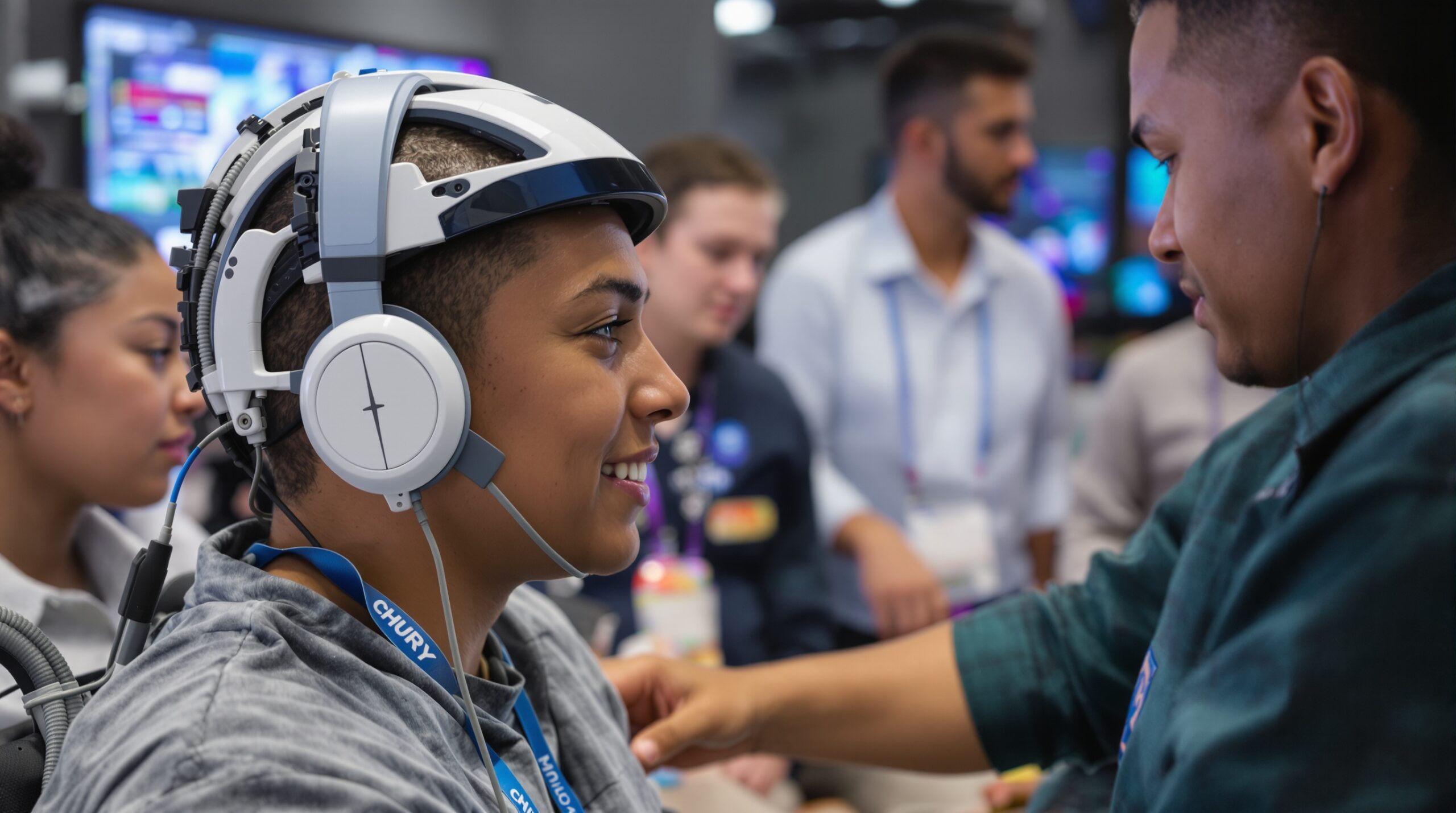Brain-computer interface (BCI) technology has rapidly evolved, offering extraordinary new pathways for disabled individuals to connect with the world. Formerly confined to research labs, BCIs are now entering clinical and home settings. Innovative solutions are turning once-futuristic concepts into life-altering realities. For many with severe communication disabilities, these advances present opportunities for greater independence and engagement.
Understanding Brain-Computer Interfaces
A brain-computer interface creates a direct link between the brain and an external device. Electrodes capture neural signals, which are then interpreted by software. These signals may control a computer cursor, spell words, or operate assistive technology. BCIs bypass damaged physical pathways, enabling many users to communicate despite paralysis or speech loss.
Technology Behind Modern BCIs
Modern BCIs use both invasive and non-invasive techniques to collect neural data. Non-invasive systems rely on electroencephalography (EEG) sensors placed on the scalp. These systems are safe, affordable, and suitable for home use. Invasive BCIs implant electrodes directly or into the brain tissue. Though riskier, invasive systems often provide higher-quality signals and more precise control. Both approaches are advancing through improved hardware, sophisticated AI algorithms, and user-friendly interfaces.
Breakthroughs in Communication for Disabled Individuals
Communication is a universal human need, yet millions live with conditions like ALS, spinal cord injury, and cerebral palsy. Such conditions can lock people inside their bodies. BCIs are breaking that isolation. Recent clinical studies have shown that users unable to speak or move can type sentences or even “talk” through synthesized voices. One remarkable example involved an ALS patient using an implanted BCI to communicate at speeds approaching normal conversation. The system decoded neural signals controlling attempted speech and converted them into words on a screen. This breakthrough demonstrates potential for restoring meaningful conversation in locked-in patients.
Augmentative and Alternative Communication Devices
Traditional augmentative and alternative communication (AAC) devices often require hand movement or eye tracking. For some, these options are not viable. Brain-computer interfaces offer a hands-free alternative. Users select letters, words, or icons with their thoughts, supported by visual or auditory feedback. These systems are being integrated into tablets, smartphones, and dedicated AAC devices.
Continual software improvements have increased accuracy and reduced the training time for new users. BCIs also support multiple output modes, such as text-to-speech, messaging, or environmental control. This diversity of options gives individuals with disabilities greater flexibility in choosing how and when to communicate.
Examples of BCI Systems in Action
Researchers and technology companies have developed working prototypes and commercial BCI products. The BrainGate consortium’s research platform enables tetraplegic users to type, control robotic arms, and interact with computers. Neuralink, founded by Elon Musk, is developing a fully implantable device that aims for high-speed communication and device control.
Meanwhile, non-invasive headsets like those from g.tec or Emotiv offer plug-and-play options for basic tasks. These solutions allow users to browse the internet, write emails, or control smart home devices using only brain signals. Healthcare providers and rehabilitation clinics are beginning to offer BCI assessments and training to eligible patients.
Challenges Facing Widespread Adoption
Despite impressive progress, several hurdles remain before BCIs become mainstream. Invasive procedures carry surgical and long-term health risks, limiting broad usage. Non-invasive systems can suffer from signal interference and may lack reliability in busy environments.
User training remains a significant challenge, as each brain is different. Some individuals adapt quickly, while others need weeks of practice. Costs are also high, especially for custom and implantable devices. Further, access to skilled technical support and ongoing updates is necessary for users to benefit fully. These obstacles continue to drive ongoing research and development in the field.
Ethical and Privacy Considerations
Brain data is deeply personal and potentially sensitive. This reality has raised ethical and privacy questions for both developers and users. Industry standards for secure data storage and encryption are evolving. Transparency about how neural data is collected, stored, and used helps build user trust. Regulatory agencies now play a growing role in reviewing BCI safety, privacy, and clinical efficacy. Clarifying informed consent and data ownership rights is critical as adoption expands.
Prospects for the Future of BCI Communication
Researchers are focused on improving the speed, accuracy, and reliability of BCIs. Machine learning algorithms are key to decoding neural activity more efficiently. Next-generation systems will require less calibration and provide more seamless user experiences. Wireless implants promise greater mobility and comfort for users. Additionally, integrating BCIs with speech synthesis and language prediction technologies will create more natural interactions.
Social integration remains a central goal for the BCI field. The ability to form and sustain relationships is fundamental to the quality of life. By enhancing communication, BCIs can break down barriers between disabled individuals and their communities. Growing public awareness, combined with advocacy efforts, drives support for inclusive technology development. Insurers and healthcare providers are beginning to recognize BCIs as medically necessary for some patients.
Changing Lives—Stories of Empowerment
The emergence of BCI communication technology gives countless people a chance to express their thoughts and make choices independently. Testimonials from users and their families often emphasize renewed self-esteem, greater agency, and stronger emotional bonds. Parents of children with severe disabilities report that BCIs open doors to education and personal growth. Adults who lost speech due to injury or illness describe their relief at regaining a voice and independence.
As brain-computer interfaces become more accessible and reliable, their impact will continue to expand. Every new advance brings hope to individuals and families facing communication challenges. This technology is not just reshaping healthcare; it is redefining what’s possible for people living with disability.
Conclusion: Towards a More Connected Future
Advancements in brain-computer interface technology are transforming communication for disabled individuals around the globe. These innovations give users new means to share ideas, ask questions, and form relationships. With continued research and ethical guidance, BCIs are set to become standard tools for overcoming communication barriers. By unlocking the power of the mind, society moves closer to true inclusion and equal opportunity for all.


